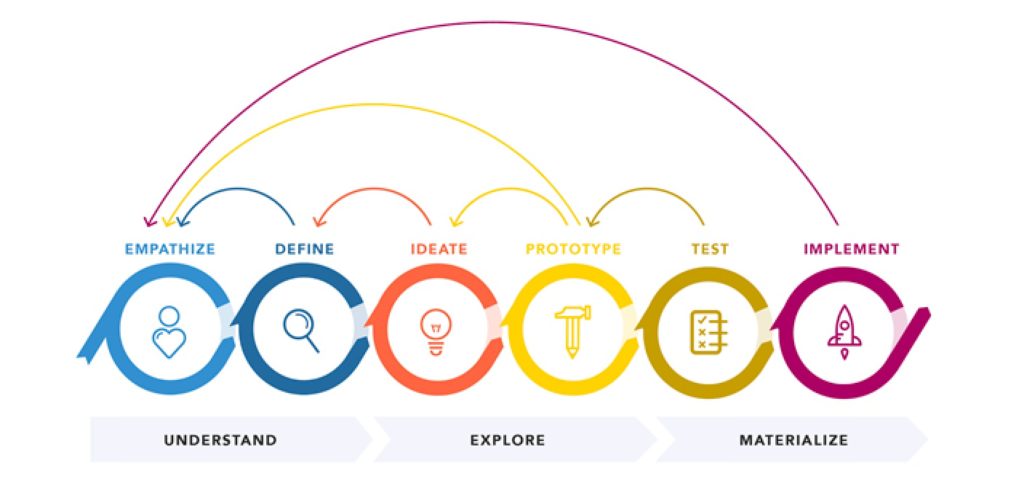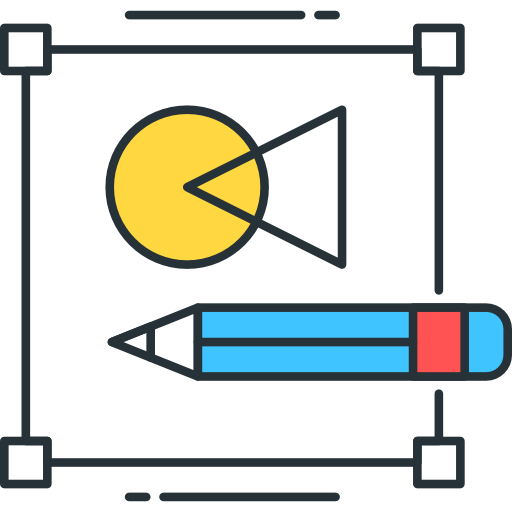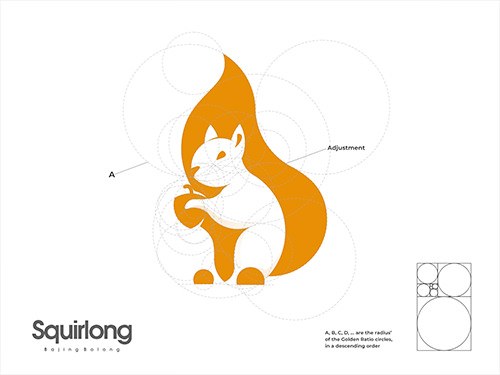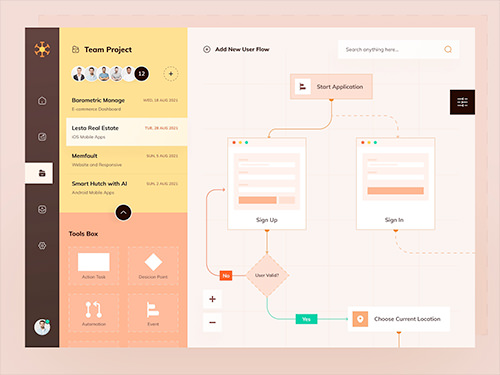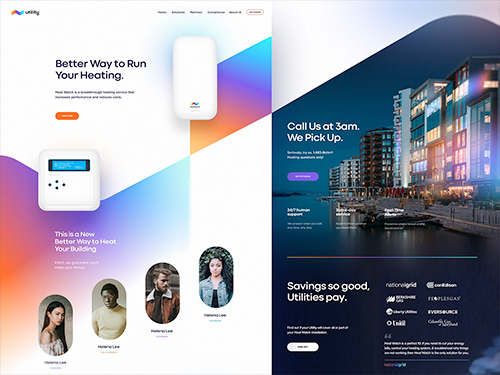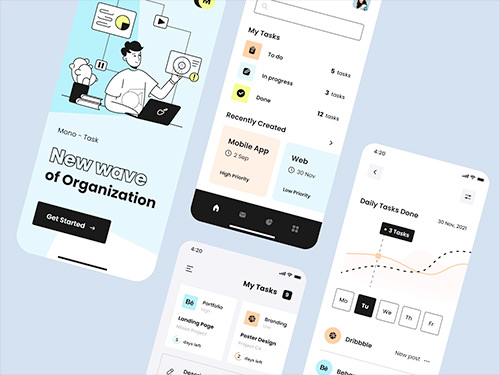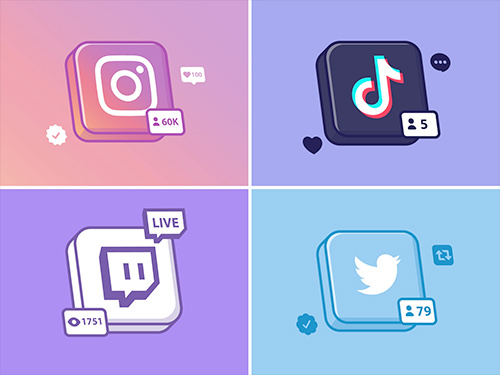- About
Get in touch with Webstring
- Services
- Technology
- Our Work
- Methodology
Webster's Process
The dynamic nature of design and adopting new trends allows Arif Alim, our Fullstack & UI/UX Designer to help our clients meet and exceed their clients’ needs and wants
Webster's Design Process
Design plays a crucial role in a product’s success. A product that fails to meet its customers’ needs cannot be successful on the market. More and more companies are focusing on human-centred design to increase their chances of success. Put the end-user at the heart of product design and evaluate every design decision according to the user’s needs and wants. Design thinking is a human-centred design methodology that enables companies to solve design challenges in innovative ways.
Phase 1
Story
Design thinking is a universal methodology that works equally well for physical and digital design. No matter what you design, whether it’s a digital app or a physical chair, design thinking allows you to set your assumptions aside and build products tailored specifically for your users’ needs. Understanding our clients and their users and delivering high-quality work, we look at our process dynamically as we iterate over different phases of the process to successfully deliver and launch.
Phase 2
Empathize
As you continue developing empathy for your users, focus on the emotional part of interactions (how do products make users feel?). Emotions play a tremendous role in how we think about products. When users develop positive associations with products, they are more likely to continue using them. That’s why it’s essential to collect emotional responses (both positive and negative) that test participants’ experience when performing a particular task in a product. We use the following techniques to help define the problem and guide your process:
- User interviews
- Contextual inquiry
- Empathy map
Phase 3
Define
At this stage, we analyze the qualitative and quantitative data we obtained during the empathize stage to draw insights from it. The information will define a problem statement and guide the ideation process. Clear problem statements will navigate the product team throughout the design process. In addition, those statements will help you understand what features and functions your users need to solve their problems.
We use the following techniques to help define the problem and guide your process:
We use the following techniques to help define the problem and guide your process:
- User journey analysis
- How might we technique
Phase 4
Ideate
Ideation, or generating ideas, is a phase in which you go from understanding problems to exploring solutions. The identified ideas will be prototyped and tested with people who represent your target audience.
We use the following techniques to help define the problem and guide your process:
We use the following techniques to help define the problem and guide your process:
- Worst Possible Idea
- Sketching
Phase 5
Prototype
Prototyping allows you to turn ideas generated in the previous phase into tangible artifacts that can be tested later with real users. Most of the time, you start with low-fidelity prototypes (prototypes that convey the basic idea of the intended solution) and move towards high-fidelity as you get more user feedback.
We use the following techniques to help define the problem and guide your process:
- Paper prototyping
- Sketch App
- Figma
- We do not limit ourselves only to one prototype
- We create a library of common elements
- We think about technical feasibility and business viability
Phase 6
Test
This phase aims to understand what parts of your design are effective and which are not. A product team gives a prototype to test participants during the testing phase. It encourages them to complete some everyday tasks with it. Testing will provide a product team with a clearer understanding of how real users interact with a product, what problems they face, and how they feel.
We use the following techniques to help define the problem and guide your process:
- Moderated usability testing
- Focus groups
- Figma
- We critically evaluate design
- Focus on minimizing cognitive load in UX
Understand the people you design for
The goal of design thinking is to design with real users in mind. Designers gain an intimate understanding of people who will use their product and offer a solution that satisfies their needs. The success of organizations like IDEO proves the fact that when the design thinking process becomes an integral part of organizational culture, the organization starts to foster creativity, collaboration, and innovation.
Design thinking isn’t always a linear process
It is important to mention that the five phases of the design process defined above are not always sequential. In many cases, it’s a highly iterative loop. Depending on the needs of a project, individual steps can occur in parallel, or the product team can move between phases as they design a product.
